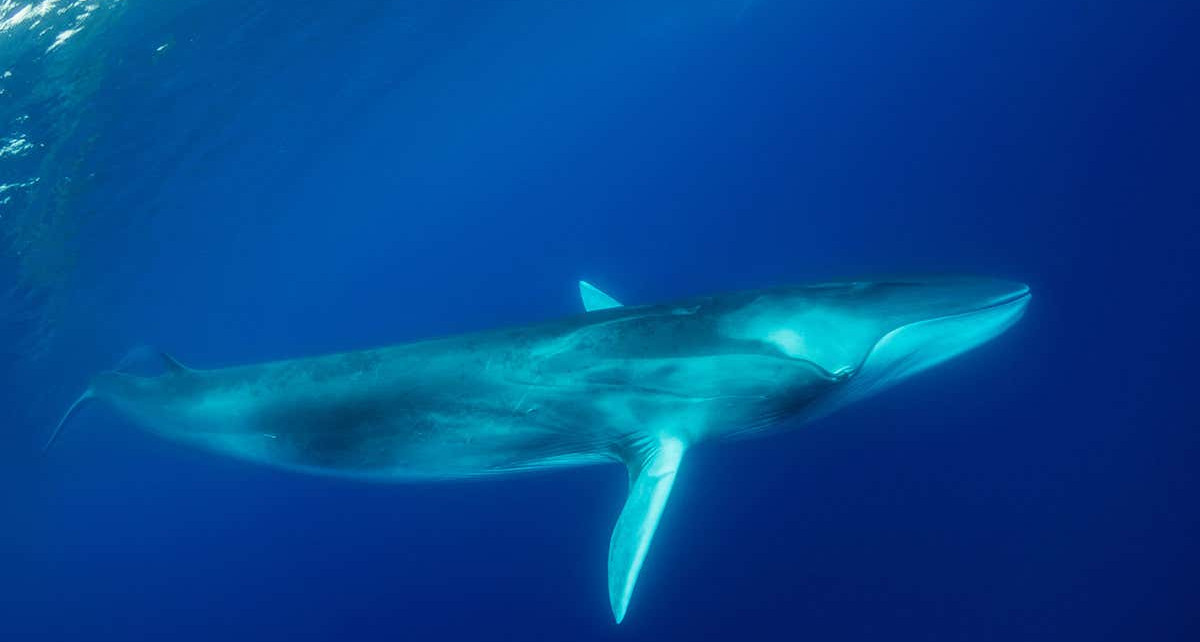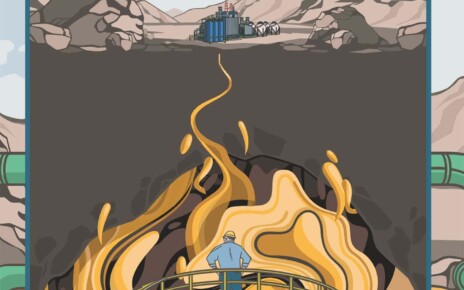[ad_1]

A fin whale swimming off the coast of The Azores in the Atlantic ocean
Wildestanimal/Alamy
Fin whale songs, one of the loudest animal calls in the ocean, can be used to learn about the structure of the Earth’s crust.
This idea came to Václav Kuna at the Institute of Geophysics in Prague and his colleague John Nábĕlek at Oregon State University, as they were recording seismic activity from earthquakes off the coast of Oregon in the US.
Advertisement
“I was processing the data and found that there were some signals recorded which I didn’t recognise,” says Kuna. The mystery was solved when he realised the stations were recording songs produced by fin whales (Balaenoptera physalus).
Between 2012 and 2013, the team deployed 54 ocean-bottom seismometer (OBS) stations to record seismic activity. Four stations recorded six fin whale songs – a pattern of repeated vocalisation – which ranged in duration from 2.5 to 4.9 hours long.
“The calls travel through the water and penetrate into the ground,” says Kuna. “They then bounce off the layers within the oceanic crust and come back to the surface where we record them at OBS stations.”
If you know the distance between the whale and station – which can be worked out from the frequency of the sound waves – you can measure these returning sound waves and determine the makeup and the thickness of the Earth’s crust as the sound refracts and reflects through different layers.
They tested this on the seafloor surrounding the OBS stations and found that the whale songs could show the thickness of the top sediment layers. Their results matched thickness values previously observed by geologists for layers of the same crustal age.
Seismic airguns are conventionally used in a similar way to study the Earth’s oceanic crust. It creates one of the loudest manmade sounds in the ocean by releasing loud blasts of pressurised air. But these can distress animals and disrupt their vocalisations, like those of the whales. “Airguns produce noise pollution in the ocean, it’s very expensive and it is not environmentally friendly,” says Kuna.
Although whale songs are not as effective as airguns, they can be used to complement existing methods. Airguns emit a broader range of frequencies that can model the Earth’s oceanic crust at a higher resolution than the whale songs. But there is potential to use the songs of other whales, such as sperm whales, which have a broader frequency range.
Journal reference: Science Advances, DOI: 10.1126/science.abf3962
Sign up for Wild Wild Life, a free monthly newsletter celebrating the diversity and science of animals, plants and Earth’s other weird and wonderful inhabitants
More on these topics:
[ad_2]
Source link




